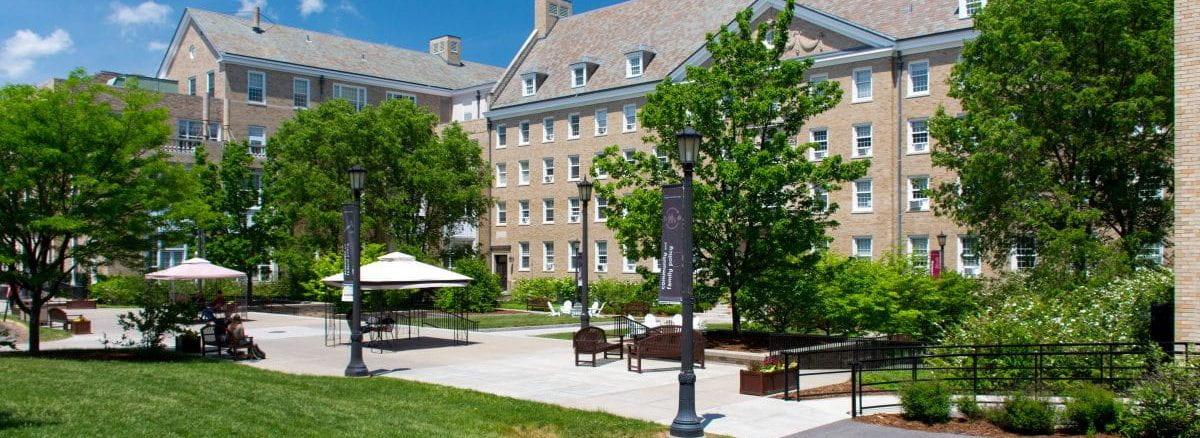Through a novel alliance with local churches and health clinics, a multidisciplinary team of Human Ecology and Weill Cornell investigators are striving to reverse the odds and reduce obesity and obesityrelated deaths in black and Latino adults in Harlem and the South Bronx.
For two years running, the Bronx has attained an unwelcome distinction: the unhealthiest of all 62 counties in New York. High rates of adult and childhood obesity, especially in the South Bronx, have helped plunge the borough to the bottom of the findings by the Robert Wood Johnson Foundation and the University of Wisconsin Population Health Institute. A few miles west, across the Harlem River, the proportion of overweight and obese residents in Central and East Harlem is similarly high—about 6 in 10 adults and more than 4 in 10 children.
As a result, these low-income neighborhoods, largely African American and Latino, show disproportionately high rates of hypertension, heart disease, stroke, diabetes, and a host of other chronic health conditions related to poor diets and sedentary lifestyles. Perhaps most distressing, however, are the environmental, cultural, and economic influences that promote obesity in these neighborhoods: a surplus of fast food restaurants and a shortage of fresh produce and other healthy options; limited access to parks and affordable recreation; and unusual work, family, and social strains.

